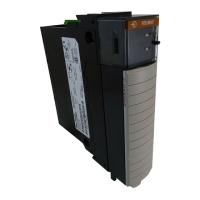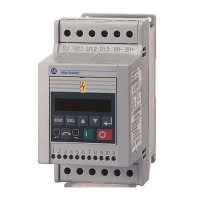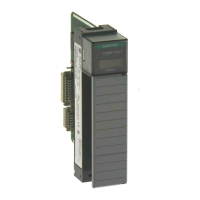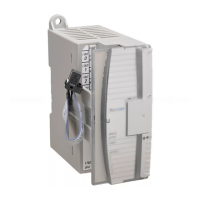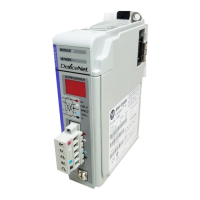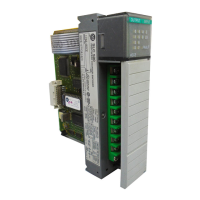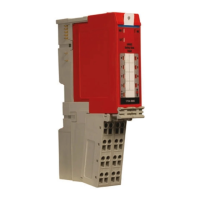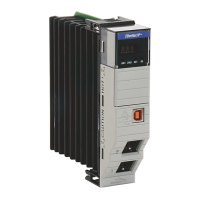Rockwell Automation Publication 193-UM014C-EN-P - August 2016 39
Chapter 4
Add Devices to the DeviceNet Network
Introduction
This chapter describes how to assign an address to each DeviceNet module and
configure the DeviceNet scanner to scan up to six modules.
DeviceNet Node Addressing
Each module that you add to the DeviceNet network must have a unique
network mode address. You can create a unique network node address by using
hardware devices (for example, DIP and Selector Switches) or with the Node
Commissioning tool from the internal web interface of the EtherNet/IP
communication auxiliary module.
Table 5
shows the recommended node addresses.
Table 5 - Recommended Node Addresses
Device: Node Address: Notes:
Scanner 0
• For multiple scanners, assign the lowest addresses in sequence
(0, 1...).
Any Device on the
Network (except the
scanner)
1...61
• Give the lower addresses to devices with 15 bytes or more of
input or output data.
• Gaps between addresses are acceptable and have no effect on
system performance. If the final layout of the system is not
certain, leave gaps between addresses to allow flexibility as the
system is developed.
Computer Interface to
the Network
62
• If a computer is connected directly to the DeviceNet network,
use address 62 for the computer. The reason for this is that many
computer interface devices use 63 as the default address.
• The 1784-U2DN device can connect a computer directly to a
DeviceNet network.
New DeviceNet Module 63
• To avoid conflict, always leave address 63 open. This is due to
the following:
– most DeviceNet devices have a factory preset address of 63.
– leaving address 63 open allows for configuration of a new
device.
– the auto-address recovery feature requires address 63 to be
open.
• Some devices do not have switches or push buttons to set the
address. Therefore, the device must first be connected to the
network then software (for example, RSNetworx for DeviceNet)
must be used to change the address.
• If another device is already using address 63, an address conflict
occurs and communication with the newly connected device
does not occur.
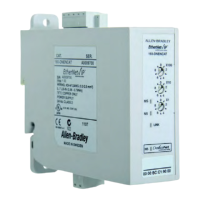
